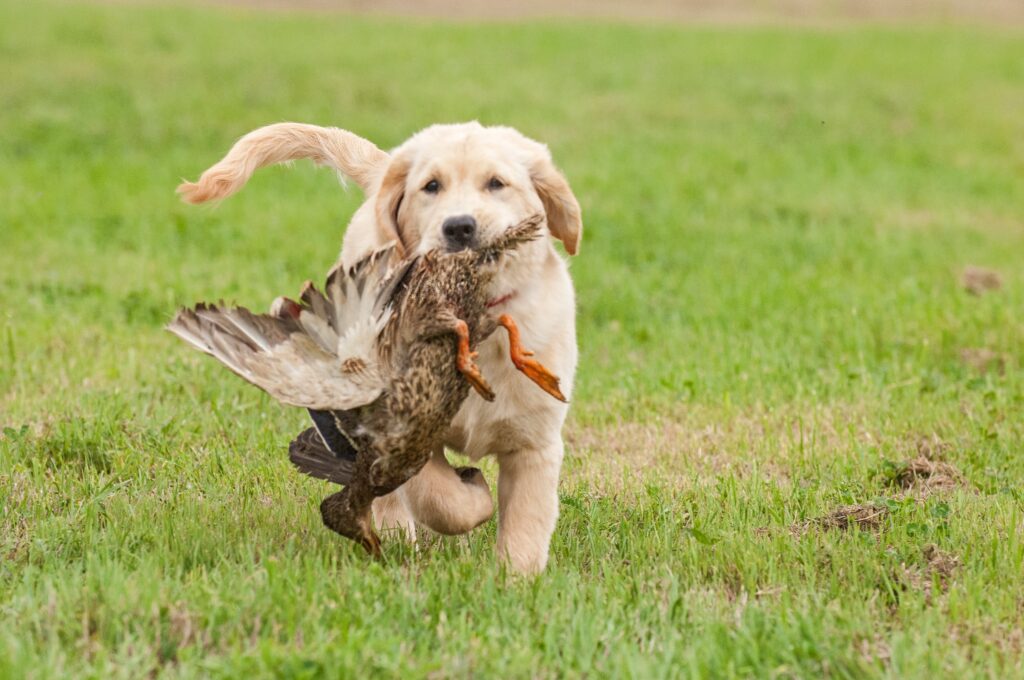Training a new puppy can be an exciting but overwhelming experience. From selecting the right supplies to keeping them safe and happy, many things need to be taken into consideration when introducing a four-legged friend into your life. However, with proper planning and patience, you can set up a strong foundation for a long-lasting relationship between you and your pup. This article covers the 8 most important steps that you should take in order to help ensure successful puppy training from day one.
Building Trust
The first thing to do when training a puppy is to build up a trusting relationship between you and the pup. The more trust they have in you, the more receptive they will be to learning commands and responding positively to your cues. Trust can be built through positive reinforcement such as providing rewards when a pup follows a command correctly, and through setting consistent boundaries. It is important that your pup knows what behavior is unacceptable. If this is not made clear, then the puppy might not understand why you are punishing them.

Golden Retriever Puppy training!
Lastly, being patient and understanding helps build up trust over time as well; by respecting their limits, comforting them when they are scared or feel anxious, and giving them praise when they are doing well, you can establish strong foundations on which to train responsively.
Crate-Training
Crate training can be a great way to start training a new puppy. It helps teach the pup where they should do their business, forms a physical barrier for the area of rules and boundaries, and is comforting for them as it reminds them of how small spaces kept them safe when they were pups themselves. Additionally, crate training reduces distraction. This allows the puppy to focus better on commands and reinforces good behavior with less mental fatigue.
Introducing Them to Family Members and Other Pets
Training a puppy can be an exciting journey and introducing them to their new family members and any other pets you have can really help start on the right foot. It is important that the first impressions are positive ones, so you should be gentle and encouraging when introducing your puppy to everyone in your household. Keeping the first meeting brief will avoid any potential stress or conflict, especially if there is another pet that already lives in your house.
Using Positive Reinforcement Techniques
Positive reinforcement involves rewarding desired behavior with praise or treats while ignoring undesired behavior. Using this technique helps to create a bond between the puppy and their trainer while teaching them what is expected of them. It also makes the experience more enjoyable for both the puppy and the trainer.
Setting Limits and Boundaries
Setting clear limits and boundaries is an important first step in training a puppy. It not only helps the pup understand what behavior is expected of them, it also helps keep both the pet and trainer safe. When establishing boundaries, it is important to be consistent with rewards, commands and praise so that your puppy learns quickly.
Teaching Basic Commands
Teaching your new puppy basic commands is one of the most important lessons they will learn. Starting a training program early, while they are still young, can help create a positive bond between you and your pup and encourages their learning. Commands such as sit, stay, and come should be introduced gradually and should be regularly practiced so that the puppy can understand any situation.
Providing Chew Toys for Teething Puppies
When training a puppy, providing chew toys is one of the most important things to do. Chewing helps puppies stay happy and healthy, as it gives them something to keep busy with other than giving in to their natural urge to chew on your furniture. Moreover, it is a great way for them to relieve stress during teething, which can be an uncomfortable and sometimes painful process for puppies.
